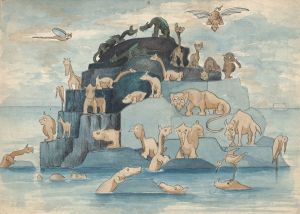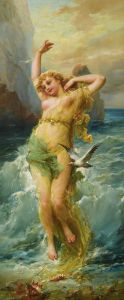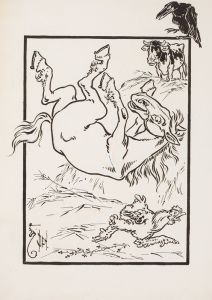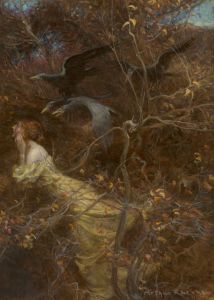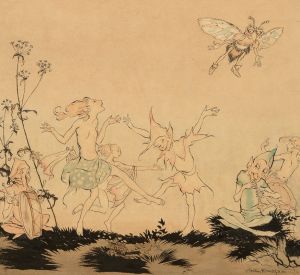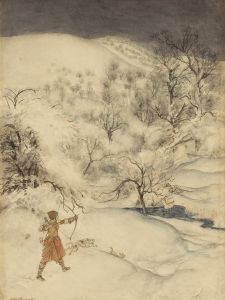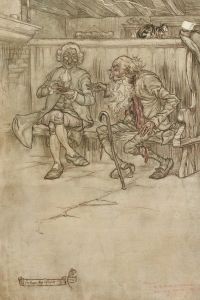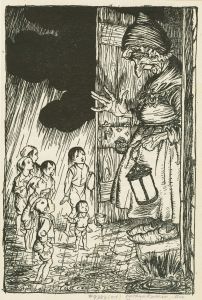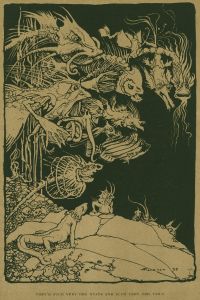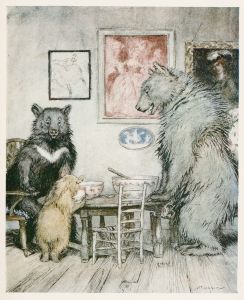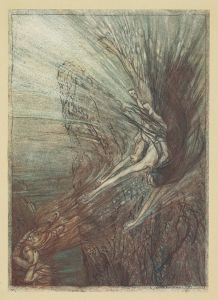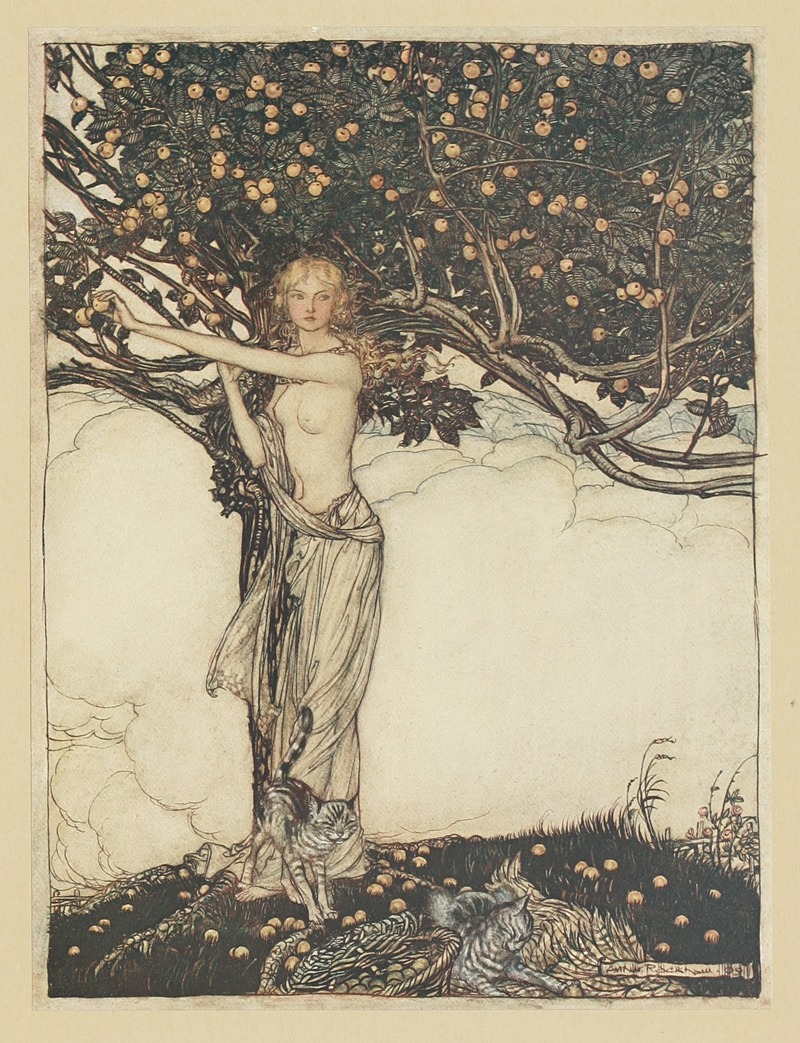
Freia, the fair one
A hand-painted replica of Arthur Rackham’s masterpiece Freia, the fair one, meticulously crafted by professional artists to capture the true essence of the original. Each piece is created with museum-quality canvas and rare mineral pigments, carefully painted by experienced artists with delicate brushstrokes and rich, layered colors to perfectly recreate the texture of the original artwork. Unlike machine-printed reproductions, this hand-painted version brings the painting to life, infused with the artist’s emotions and skill in every stroke. Whether for personal collection or home decoration, it instantly elevates the artistic atmosphere of any space.
"Freia, the fair one" is an illustration by the renowned British artist Arthur Rackham. Rackham, born on September 19, 1867, and passing on September 6, 1939, was a prolific illustrator known for his distinctive style, which often featured intricate pen and ink drawings with watercolor washes. His work is celebrated for its ethereal quality and attention to detail, which brought to life many classic tales and mythologies.
This particular illustration, "Freia, the fair one," is part of Rackham's work for Richard Wagner's opera cycle "Der Ring des Nibelungen" (The Ring of the Nibelung), specifically for the first opera in the cycle, "Das Rheingold" (The Rhinegold). The illustration was created for the 1910 publication of "The Rhinegold & The Valkyrie," which was a translation of Wagner's librettos by Margaret Armour, with illustrations by Rackham.
Freia, also known as Freyja in Norse mythology, is a goddess associated with love, beauty, fertility, and gold. In Wagner's "Das Rheingold," Freia is depicted as the goddess of youth and beauty, whose golden apples grant eternal youth to the gods. Her character is central to the plot, as she is coveted by the giants Fafner and Fasolt, who demand her as payment for building Valhalla, the gods' new fortress.
Rackham's illustration captures Freia's ethereal beauty and her importance within the mythological narrative. The artwork typically showcases his signature style, with delicate lines and a muted color palette that enhances the mystical and otherworldly atmosphere of the scene. Freia is often depicted with flowing hair and garments, surrounded by natural elements that emphasize her connection to fertility and nature.
Arthur Rackham's illustrations for "The Ring of the Nibelung" are considered some of his finest work, and they played a significant role in popularizing Wagner's operas among English-speaking audiences. His ability to convey the drama and emotion of the operatic scenes through his illustrations has been widely praised, and his work continues to be appreciated by art and literature enthusiasts alike.
The 1910 edition of "The Rhinegold & The Valkyrie" featuring Rackham's illustrations remains a valuable collector's item, showcasing the collaboration between literature, music, and visual art. Rackham's interpretation of Freia and other characters from Wagner's operas has left a lasting impact on the visual representation of these mythological figures.
In summary, "Freia, the fair one" by Arthur Rackham is a notable illustration from his work on Wagner's "The Ring of the Nibelung." It exemplifies Rackham's artistic talent and his ability to bring mythological and literary characters to life through his detailed and evocative style.





